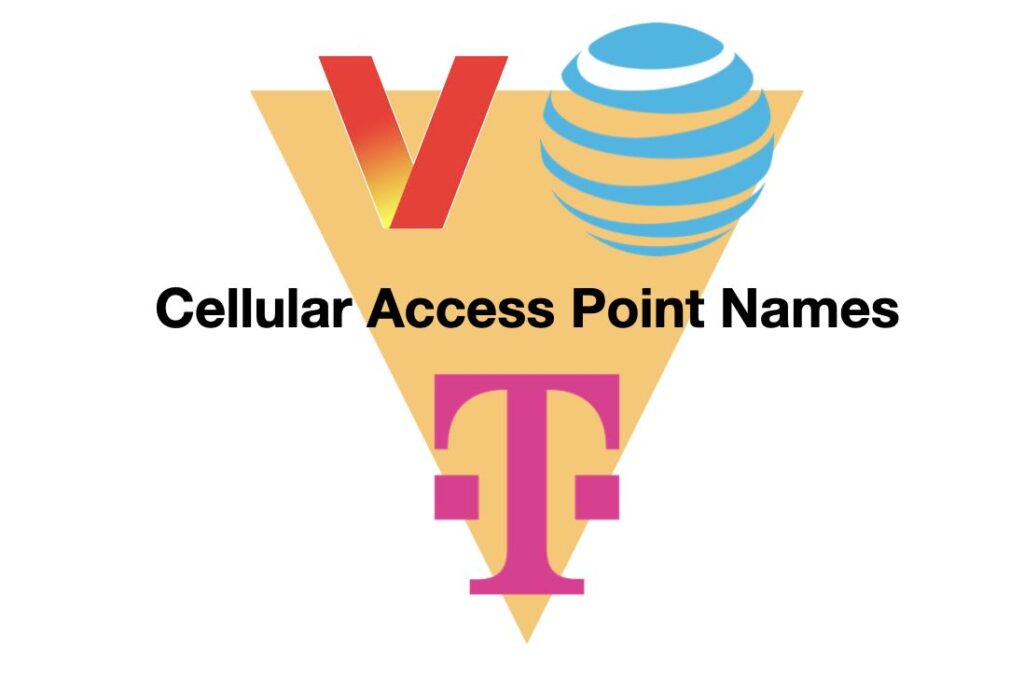The ranking of 5Gstore’s premier products is determined by a blend of their popularity, the quantity of customer reviews received, and the average rating bestowed by customers. Several perennial favorites from this year’s winners, such as the Peplink BR1 Mini and IP Switch, have consistently made appearances on our “Top Products” lists in previous years. […]
Category: 5G
Peplink 24-Port Switch: A Game-Changer for $799
If you’re in the market for a networking solution that delivers high performance, reliability, and flexibility, the Peplink 24-Port Switch should be at the top of your list. As one of the most sought-after networking products in the industry, this switch is designed to meet the needs of both small businesses and enterprise environments. Let’s dive into […]
Failover into 2025 with Reliable Backup Internet Solutions from 5Gstore
As we step into 2025, the importance of uninterrupted connectivity has never been greater. Whether you’re a business striving to maintain productivity or a household looking to stay connected, a reliable backup Internet solution is essential to ensure you’re offline as little as possible. In this article, we’ll explore what failover is, why solutions are […]
Understanding Cellular Access Point Names (APNs): A Comprehensive Guide
Cellular Access Point Names (APNs) play a critical role in connecting your cellular devices to the internet. Whether you’re using a smartphone, a hotspot, or a cellular router, the APN acts as the gateway between your device and the carrier’s network. Understanding how APNs work, why they’re important, and how to configure them manually can […]
Holiday Reminder: Closed for Christmas Day
From all of us at the 5Gstore team, we want to wish you a joyous and peaceful holiday season! As a reminder, we will be closed tomorrow, December 25th, in observance of Christmas Day. Our team will take this time to celebrate with loved ones and reflect on the past year. We’ll be back and […]
Remote Internet Access: Powerful Solutions for Staying Connected Anywhere
Finding remote Internet access can be challenging, but modern technology has made it easier than ever to access the Internet in the middle of nowhere. Whether you’re managing operations in a rural location, setting up a campground with Wi-Fi, or ensuring reliable connectivity for outdoor events, rugged and outdoor-rated routers combined with proper antennas and […]
Digi IX40 Joins the 5Gstore Customer Savings Engine – Save Today!
Digi IX40, a cutting-edge industrial IoT router, is now available through the 5Gstore Customer Savings Engine (CSE)! This exclusive offer provides customers with significant savings, but act fast—these prices are only available until our current stock sells out. Log into your 5Gstore account today to take advantage of this unbeatable deal! Why Digi IX40 Stands […]
5Gstore Connectivity Experts Help You Stay Connected for the Holidays and All Year!
The holiday season is here, and at 5Gstore.com, we’re filled with gratitude for our incredible customers! Whether you’re upgrading your home, business, or travel setup this holiday season, the 5Gstore team is here to make your connectivity dreams come true. Our certified connectivity experts are ready to help you find the perfect cellular routers, antennas, […]
Ditch TP-Link: Secure Your Network with Trusted Brands
As technology advances, the integrity of your home or business internet router is more critical than ever. Recently, TP-Link, a Chinese company that dominates 65% of the U.S. home internet router market, has come under intense scrutiny for alleged national security threats. Investigations by the U.S. Commerce, Defense, and Justice departments suggest potential security vulnerabilities […]
The Pros and Cons of Exclusive Resellers vs. Multi-Vendor Resellers: What’s Best for You?
When shopping for advanced networking solutions, such as those offered by CradlePoint, Digi, Inseego, Peplink, and Sierra Wireless, choosing where to buy can be as critical as choosing the product itself. As a customer, you often face two main types of sellers: exclusive resellers who work with a single manufacturer and multi-vendor distributors like 5Gstore. […]











